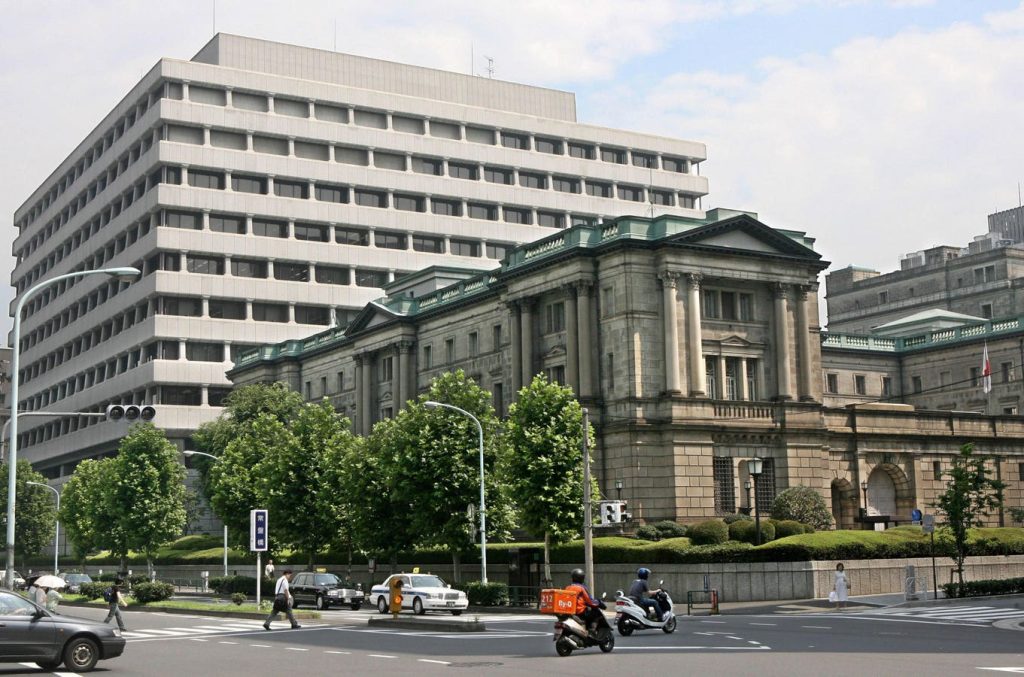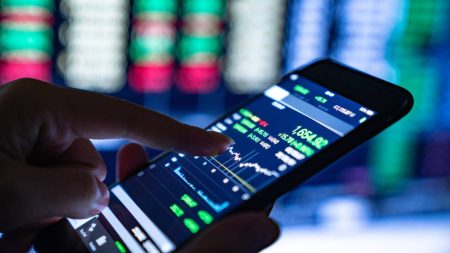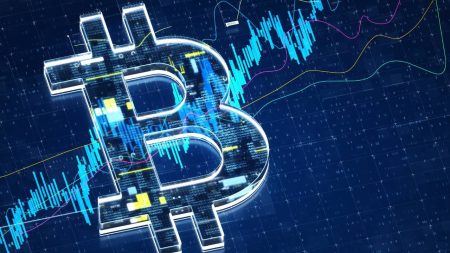A major focus of market participants this year has been the Federal Reserve and potential fed funds policy rate cut(s) in response to inflationary data. The Federal Reserve is the most important central bank in terms of its ability to affect not just our domestic economy but the global economy, however, investors should also pay attention to the monetary policies of other major central banks and their potential impact on markets.
Recent Global Central Bank Rates
A quick look at the recent history of major global central bank rates shows that, in general, central banks tend to act in a coordinated fashion. The reaction to the Great Financial Crisis of 2007-2008 and the COVID-19 Pandemic are excellent examples of coordinated responses to global economic threats. During those time periods, all of the major central banks slashed interest rates and applied other accommodative measures to stimulate growth.
In 2022, most of the major central banks embarked on a tightening of monetary policy to battle the increase in global inflation caused by the record amount of stimulus, which was provided by these same central banks during the pandemic.
History has shown that coordinated policy action is much more effective than a go-it-alone effort. Such coordination is welcome when there is a clear and present threat to global economies. When there is no significant global economic threat, central bank policies act more independently, responding to local economic affairs.
Independence of Asian Central Banks
This independence is currently most notable in Japan and China, where the Bank of Japan (BOJ) and the People’s Bank of China (PBOC) have not engaged in the restrictive policies initiated by the rest of the major central banks.
The PBOC’s major domestic issue is a declining GDP brought about by the collapse of their real estate market, the effects of pandemic lockdown and increasing trade tensions with the U.S. As a result, the PBOC is less concerned about rising inflation and more concerned about stimulating domestic growth. This puts the PBOC in ease mode, keeping interest rates at historic lows and implementing other accommodative policies.
The BOJ is the more interesting example because of its aggressive use of monetary policy. They have experienced stubbornly low inflation for decades, which has only recently started to move higher. They too kept rates near historic lows and implemented yield curve control, which caps the interest of their 10-year bond at predetermined levels. In recent months, however, they have moved policy rates up above 0% and have loosened their yield curve mandate. As a result, we have recently started to see the 10-year JGB rise above the 1% interest rate level, not seen since 2011.
Why Does This Matter to U.S. Domestic Investors?
I have $2 trillion reasons why investors should care. That’s the amount of U.S. Treasury debt held by these two countries combined ($1.19 trillion for Japan and $767 billion for China), which is down from $2.5 trillion in 2014/2015.
According to the U.S. Treasury Department, these two countries are the largest non-U.S. holders of U.S. Treasury debt, followed by the U.K. at $728 billion and Luxembourg at $399 billion. Considering there is $27 trillion in Treasury debt outstanding as of April 30, that means the combined holdings of Japan and China account for 7.25% of the total. The concern is that changes in their central bank policies could result in a significant selling of U.S. Treasuries, which could lead to higher U.S. rates.
China has already begun the process of selling U.S. Treasuries and has been doing so for some time. At its peak in 2013, China held over $1.3 trillion in U.S. Treasuries and has been reducing that amount steadily since 2017. According to Bloomberg, China sold a record $53.3 billion in U.S. Treasury and Agency debt during the first quarter of 2024 alone.
There are a few reasons why China would want to sell its Treasury holdings: it generates funds to continue stimulating its economy; it diversifies more of its holdings, which may be beneficial given the rising tensions between China and the U.S.; and it provides support to the Yuan by selling Dollars and buying the Yuan. China will most likely continue to sell off its Treasury assets for the foreseeable future, which, at the margin, will continue to pressure Treasury rates higher.
Unlike China, Japan has recently been adding to their Treasury holdings, up $123 billion since October of 2022. One of the main drivers of this increased flow has been the difference in interest rates between Japan and the U.S. The yield differences between the two have risen dramatically since the Fed began hiking rates in 2022. The current difference in front-end policy rates is over 5% as of the end of April, and 3.8% when comparing similar 10-year sovereign bonds.
Japanese investors looking for yields on an unhedged or hedged currency basis are finding value in the higher U.S. rates, specifically in U.S. Treasuries. However, if through an increase in policy rates and/or a weakening of yield curve control the BOJ reduces the current yield gap, then the flows into the U.S. could reverse, which specifically translates to a sale of U.S. Treasury bonds. It is likely that the BOJ will reduce their overly accommodative monetary policies in coming months as markets have begun to price in this policy change.
The U.S. Federal Reserve is no doubt the largest and most influential central bank in the world. However, U.S. domestic investors also need to pay attention to other global central banks as their policies can impact domestic markets. Developing a more global view as an investor is essential for success in today’s highly correlated markets.
Read the full article here












